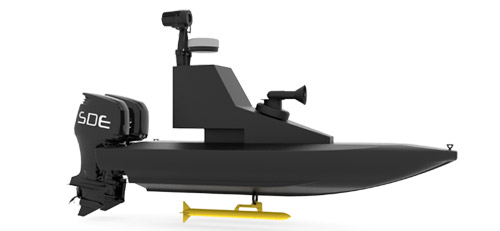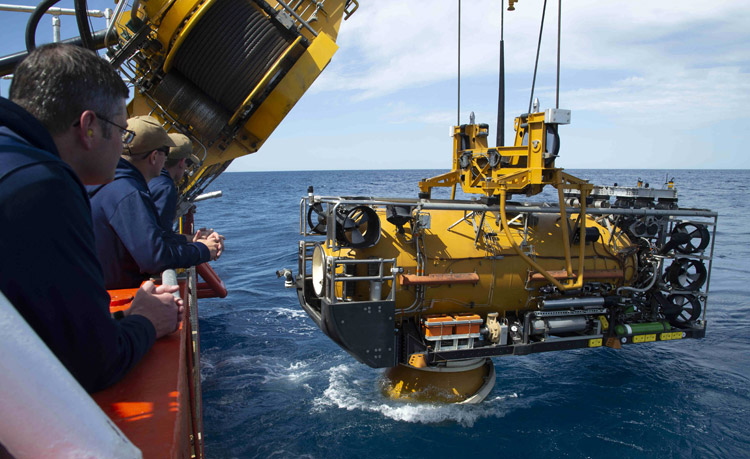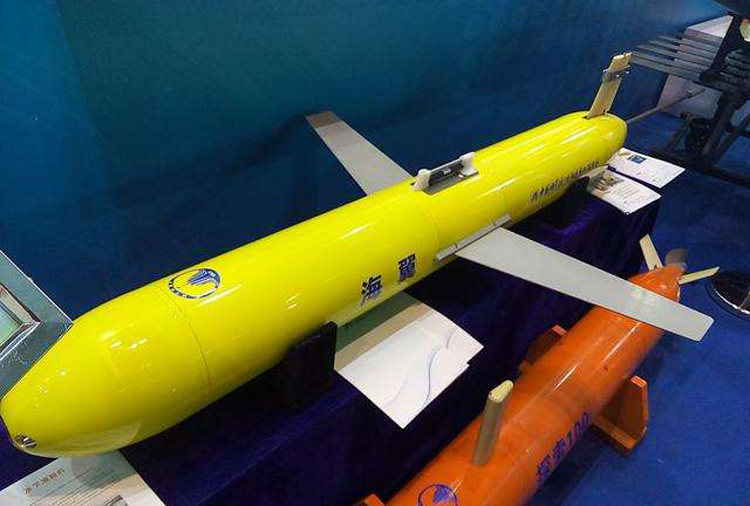INDIAN ARMED FORCES CHIEFS ON OUR RELENTLESS AND FOCUSED PUBLISHING EFFORTS

The insightful articles, inspiring narrations and analytical perspectives presented by the Editorial Team, establish an alluring connect with the reader. My compliments and best wishes to SP Guide Publications.

"Over the past 60 years, the growth of SP Guide Publications has mirrored the rising stature of Indian Navy. Its well-researched and informative magazines on Defence and Aerospace sector have served to shape an educated opinion of our military personnel, policy makers and the public alike. I wish SP's Publication team continued success, fair winds and following seas in all future endeavour!"

Since, its inception in 1964, SP Guide Publications has consistently demonstrated commitment to high-quality journalism in the aerospace and defence sectors, earning a well-deserved reputation as Asia's largest media house in this domain. I wish SP Guide Publications continued success in its pursuit of excellence.
- Operation Sindoor: Resolute yet Restrained
- India’s Operation Sindoor Sends a Clear Message to Terror and the World – ‘ZERO TOLERANCE’
- Japan and India set forth a defence cooperation consultancy framework, talks on tank and jet engines
- Terrorist Attack in Pahalgam in Kashmir: Unfolding a long surgical war against PAK
- Lt General Pratik Sharma takes over Command of Indian Army's Northern Command
Armed USV Swarms
The Indian Navy is using the project to understand and evaluate USV swarm capabilities for practical exploitation. If successful, the order could run into higher numbers.
 |
The Author is Former Director General of Information Systems and A Special Forces Veteran, Indian Army |

News reports of February 27, 2023 indicate that the Indian Navy is exploring ways to utilise underwater swarm drones (USVs) and is currently working in conjunction with an indigenous company to develop the concept. The first prototype USV for a weaponised 12-boat swarm ordered by the Indian Navy (IN) is to be demonstrated by the end of this year.
A contract for India’s first armed autonomous uncrewed boat with swarming capabilities was awarded early this year to private startup Sagar Defence Engineering Ltd (SDEL). The company has been working on complete indigenisation of USVs for the past decade, including improved autonomy, electric propulsion and battery capacity. The IN is using the project to understand and evaluate USV swarm capabilities for practical exploitation. If successful, the order could run into higher numbers.
A contract for India’s first armed autonomous uncrewed boat with swarming capabilities was awarded early this year to private startup
Concurrently, a startup challenge under the ‘Innovations for Defence Excellence’ (iDEX) is also running which calls for development of autonomous and intelligent underwater swarms of drones which are equipped with advanced image processing and Artificial Intelligence (AI) capabilities to deliver a payload of minimum 7 kg in the seabed at a minimum of 60m depth. The swarm is required to be intelligent for detecting underwater mines and coordinating the delivery of payloads on the mines.

Unmanned Underwater Vehicles (UUVs) are categorised as Remotely Operated Underwater Vehicles (ROUVs) and Autonomous Underwater Vehicles (AUVs). ROUVs are designed to perform educational or industrial missions. They are manually controlled by an operator to perform tasks that include surveillance and patrolling. The US Navy developed a Submarine Rescue Diving Recompression System (SRDRS) that can save up to 16 people up to 2,000 feet underwater at a time. It requires an operator(s) during the mission. As for UAVs, their size can vary from just a few kgs to thousands of kgs. A recent model of the Deepglider UAV weighs 62 kg, can go as deep as 6,000 meters, and can travel up to 8,500 km.
China is well advanced in UAVs. It has been using underwater drones for surveillance and exploration including in the Indian Ocean. Mass deployment of drones gives a tremendous underwater advantage to Beijing not only for quietly gathering hydrographic data in territorial waters of other countries but also military advantage to the PLA. China's HSU001 underwater drones were first seen during a military parade in Beijing on Oct 1, 2019, to mark the 70th anniversary of the founding of the People's Republic of China.
In 2021, China declassified its new underwater drone designed to specifically target enemy submarines, developed as part of a secret project funded by the PLA
China’s Sea Wing 'Haiyi' underwater ‘unpowered’ drones with large wings are capable of long missions, and can also move through waters using buoyancy compensation system filled with oil.China claims that Haiyi was able to swim to a depth of over 20,764 feet, or nearly 6.4 km down, beating the US world record of over 16,964 feet. Using a unique battery and a special coat to protect it from over 60 tons of underwater pressure, Haiyi also broke records in 2014 by swimming over 1,106 km nonstop in 30 days.

China deployed Haiyi underwater drones in East China Sea and South China Sea in 2015 and 2016 respectively. These have been spotted away from Chinese EEZ from time to time: 2016 – one spotted near Quang Ngai in Vietnam; 2019 – one spotted near Bagnka Island and another in Riau Islands of Indonesia; 2019 – at least 12 deployed in the Indian Ocean using its survey ship Xiang Yang Hong 06, and; 2020 – one spotted near Masalembu Islands located east of the Makassar Strait. Haiyi is reportedly not armed at present and its production cost and annual production capacity is not known but mass production and arming of Haiyi may not be problematic for China.
On July 8, 2021, China declassified its new underwater drone designed to specifically target enemy submarines; developed as part of a secret project funded by the PLA. This drone was reportedly test-fired in the Taiwan Strait without human input a decade ago. The drone could detect a mock craft, use AI to identify its origin, and hit it with a torpedo. According to China's Harbin Engineering University, these robotic drones could work in packs with technological upgrades. Specifics suggest the unmanned drone can patrol about 10 meters (32 feet) below the surface following a predetermined route. These developments were reported in these columns on July 19, 2021.
Israel and Singapore, among others, have tested or deployed similar underwater drones in the oceans. Russia has already deployed a submarine that can launch a nuclear-powered drone
Chinese researchers claim that Israel and Singapore, among others, have tested or deployed similar underwater drones in the oceans. Russia has already deployed a submarine that can launch a nuclear-powered drone with enough firepower to wipe out cities. China could use drones for underwater terrorism as well. In 2019, The US Navy contracted Boeing to produce four Orca XLUUVs; the 15.5m-long submersible could be used for mine countermeasures, anti-submarine warfare, anti-surface warfare plus electronic warfare and strike missions.

In September 2022, satellite imagery picked up China’s extra-large unmanned underwater vehicles (XLUUVs), two XLUUVs were spotted at a PLAN base in Sanya, Hainan island. XLUUVs, also called drone submarines, have already been developed by the navies of both the US and the UK.
The Chinese aggression in Eastern Ladakh during 2020 has galvanised the Indian defence industry including for the development of drones. It is good that the Navy is looking at armed USV drones. We need to acquire and expand such capability as fast as we can given China’s focus and designs in the Indo-Pacific.





